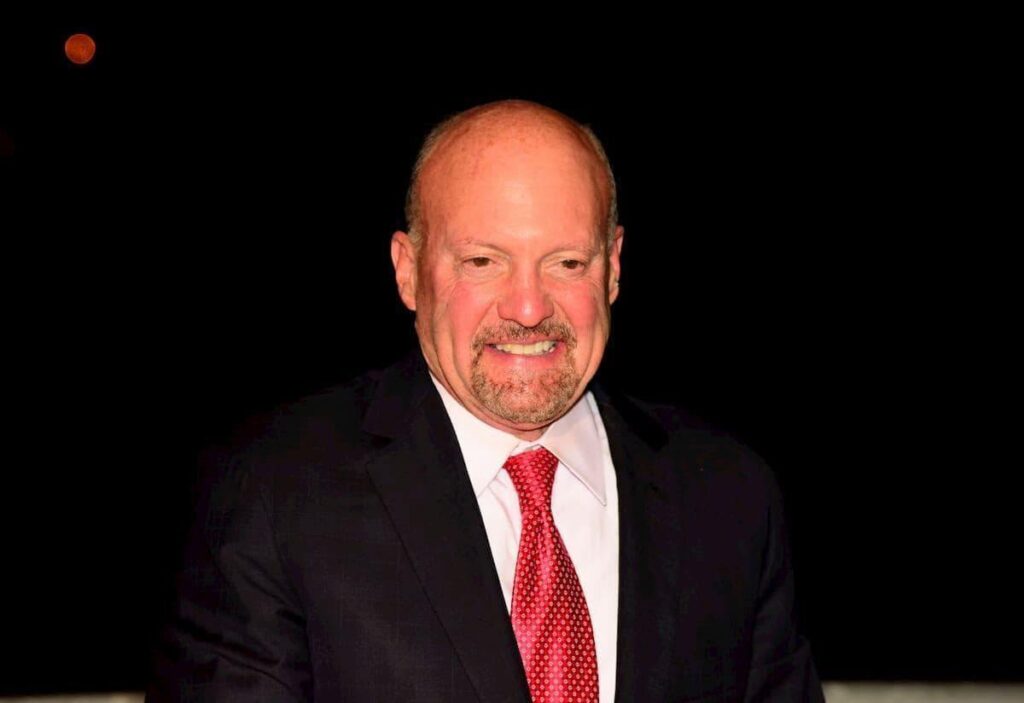By Jodie Cook,Senior Contributor
Copyright forbes

The location-independent mindset: build a business that travels with you
You check your phone at 3am because your biggest client is eight time zones away. You miss your kid’s soccer game because the office “needs” you. You turn down the perfect apartment in Bangkok because your business demands you stay put. Your success has become your prison.
Maybe you’re the founder who built something amazing but can’t leave headquarters. Maybe you’re watching friends post from Kyoto while you’re stuck in traffic. Maybe you keep telling yourself that freedom comes after the next milestone, the next funding round, the next hire. Stop lying to yourself. Freedom isn’t waiting for you at some future finish line. You build it into your business from day one, or you never get it at all.
Most entrepreneurs create businesses that demand their physical presence, tie them to specific locations, and limit their choices. They mistake being busy in one place for being successful. I’ve watched brilliant founders turn down life-changing opportunities because their business model required them to show up somewhere specific every day. They created their own 9-5 jobs, just with fancy titles.
Your business model determines your lifestyle. Choose wrong and you’ll spend decades trying to untangle yourself from commitments that keep you stuck. Choose right and the world becomes your office.
Build your business around freedom, not the other way around
Design for mobility from day one
MORE FOR YOU
Location independence is tricky to retrofit into an existing business. Much better to architect it from the ground up. Every decision either increases your freedom or decreases it. There’s no middle ground. When I started my second business, I set three unbreakable rules: no physical products, no local-only clients, no timezone dependencies. Constraints forced creativity and led to better solutions than traditional alternatives.
Start by auditing every aspect of your current operations. Which parts require your physical presence? Which clients expect face-to-face meetings? What systems break when you’re not in the office? Make a list, then systematically eliminate or replace each item.
Replace in-person meetings with recorded video updates. Shift from synchronous to asynchronous communication. Build documentation so thorough that your business runs without you. You’re not trying to work less; you’re making it so you can work from anywhere.
Choose clients who respect your boundaries
Your client list shapes your freedom more than any other factor. One demanding client who insists on weekly in-person meetings can chain you to a location for years. I learned this lesson expensively when I took on a high-profile automotive client early in my business. The money was incredible. The golden handcuffs were worse. They expected me in their boardroom every Thursday at 10am. For eighteen months, I couldn’t travel for more than six days at a time.
After that experience, we qualified clients differently. During initial conversations, I explained that I work remotely and travel frequently. If they flinched at video calls or pushed for “just one meeting” in person, I knew we weren’t a fit.
The right clients care about results, not your location. They want outcomes, not face time. These clients exist in every industry, you just have to be willing to say no to the wrong ones first. Your standards determine your freedom.
Build systems that work without you
The biggest lie entrepreneurs tell themselves is that their business needs them to function. You’re not that special. Every task you do, every decision you make, every fire you fight; someone else could handle it with the right systems in place. The question is whether you’ve built it to run without you.
Document everything as if you’re about to disappear for six months. Create standard operating procedures for every recurring task. Build decision trees for common scenarios. Set up communication protocols that don’t require your immediate input. Use tools like Loom to record video explanations, Notion to centralize documentation, and Slack for asynchronous team communication.
Test your systems by taking progressively longer trips. Start with a long weekend, then a week, then a month. Each absence reveals weak points to strengthen.
Master asynchronous communication
Real-time communication is freedom’s enemy. Every scheduled call, every “quick sync,” every expectation of immediate response ties you to specific times and often specific places. The most successful location-independent entrepreneurs communicate primarily through writing, recorded video, and carefully structured asynchronous systems. They respond when it makes sense for their schedule, not when someone else demands it.
Transform your communication habits completely. Replace meetings with written updates. Send video recordings instead of scheduling calls. Set clear expectations about response times. I tell everyone they’ll hear from me within 24-48 hours, never immediately.
Use tools like Calendly to control when you’re available for the few synchronous conversations you can’t avoid. Batch similar communications together. Check messages twice daily instead of constantly. Your availability is a choice about how you want to live.
Price for freedom, not just profit
Location independence costs money. International health insurance, coworking spaces, reliable internet backups and timezone-spanning tools mean freedom has a price tag. Most entrepreneurs price their services based on local market rates or competitor analysis. Wrong approach. Price based on the lifestyle you want to live and the freedom you need to maintain. If your pricing keeps you chained to one place to minimize costs, you’ve already lost.
Calculate your true freedom number. That’s the monthly revenue needed to work from anywhere comfortably. Include a buffer for travel costs, technology redundancy, and the premium services that make location independence sustainable. Then add 30%.
Higher prices attract better clients who respect your boundaries. They filter out people who nickel-and-dime your time. They give you the financial cushion to say no to work that would compromise your location independence. You can’t buy freedom with discount pricing.
Let location independence create your best life and business
Your location shapes your thinking. Stay in one place too long and you absorb its limitations. The New York founder thinks every business needs prestigious offices. The Silicon Valley entrepreneur believes growth requires venture capital. The Austin consultant says you need a podcast studio. Travel breaks these assumptions. You see businesses thriving with completely different models. You realize most “requirements” are just local customs.
When you run a location-independent business you access global talent pools, diverse perspectives, and markets your location-locked competitors can’t reach. You can hire the best people regardless of where they live. You serve clients across timezones without burning out your team. You spot opportunities earlier because you’re not trapped in one market’s echo chamber. Geography becomes a strategic advantage, not a limitation.
The entrepreneurs who understand this optimize for flexibility and global reach while others optimize for local presence. Only one strategy thrives in an interconnected world.
Editorial StandardsReprints & Permissions



